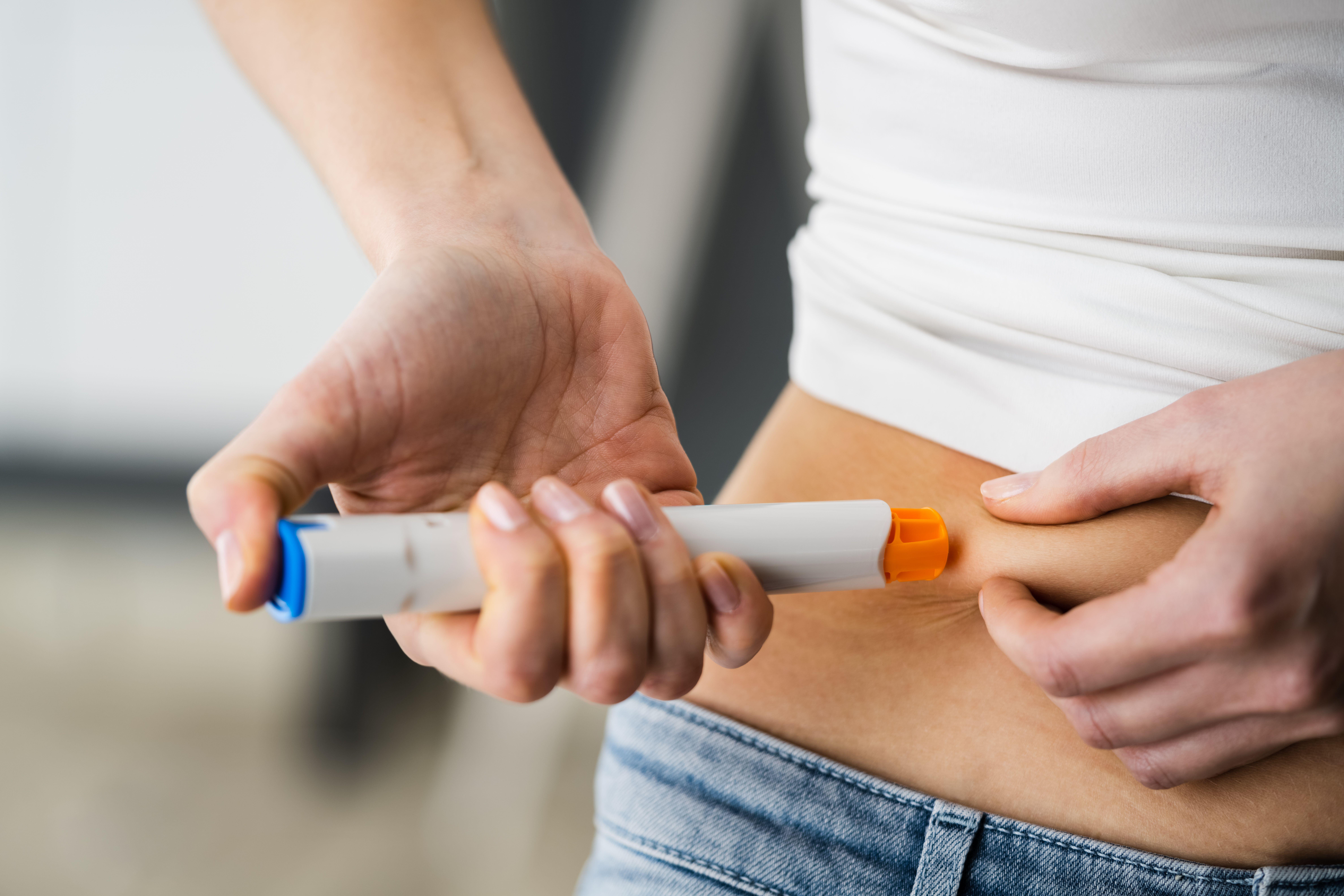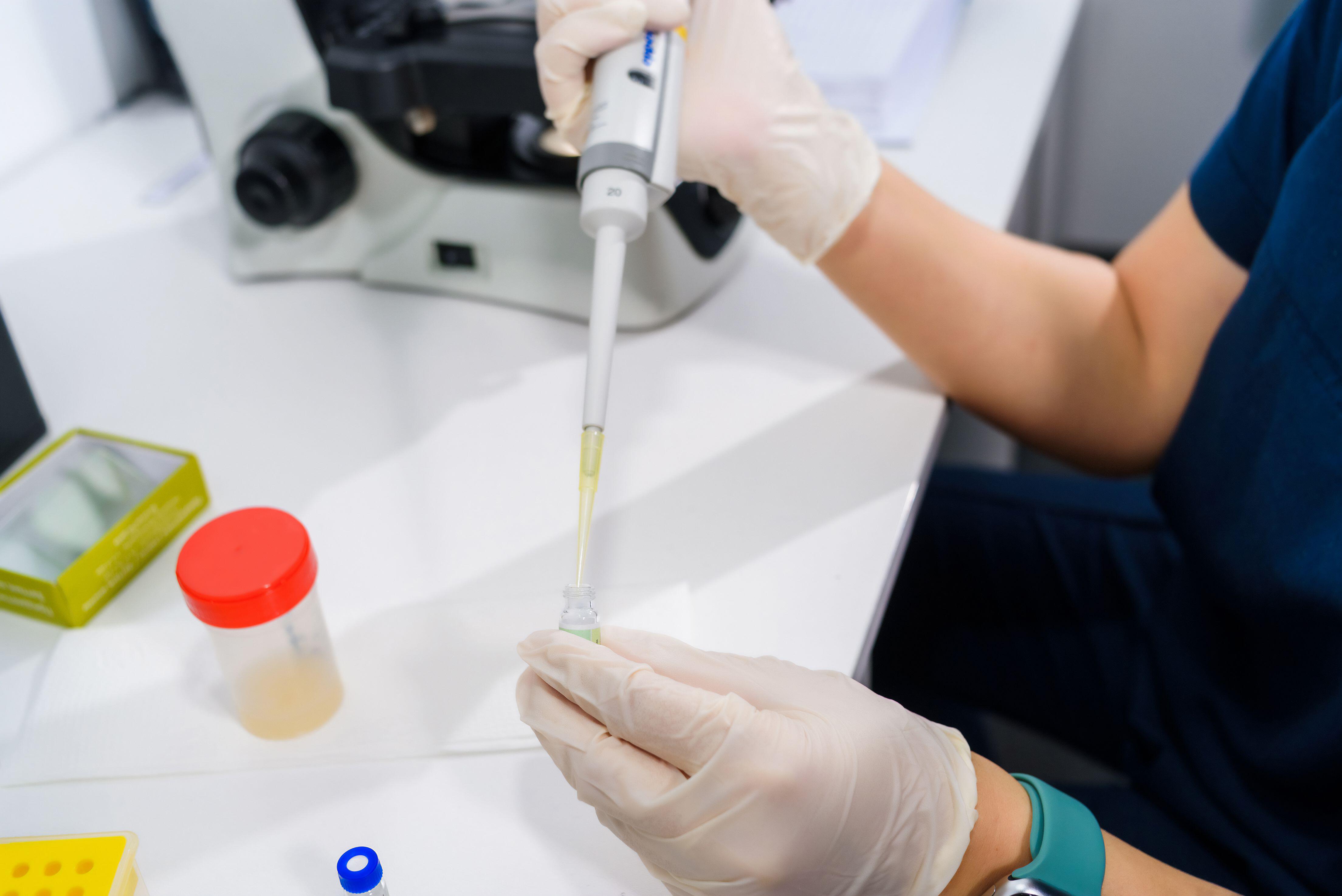
More than 3.5 million people in the UK endure fertility problems, with many of them suffering in silence.
There’s still such a taboo about infertility, that a third of people worry about others learning of their struggles to have a family, according to research conducted by Fertility Network UK.
This is why Fertility Week (November 4-8) is aiming to raise awareness of fertility struggles and challenge some of the associated myths and taboos. The week has a theme of #FertilityinMind to highlight the mental health impact of infertility. Sharon Martin, interim chief executive of Fertility Network UK, says: “Infertility and its treatment has an enormous impact on mental health and wellbeing.
“This is a wounding that all too often goes unrecognised by society. Not being able to have the family you yearn for can be an incredibly isolating experience, and far too often people struggle in silence with fertility issues.
“Fertility Week is a chance to challenge the taboos and myths around infertility and raise awareness of the devastating physical, emotional and social impact fertility problems wreak.”
Some of the many myths surrounding infertility include…
Myth 1. You don’t need to worry about female fertility until after the age of 35
Martin says the reality is that female fertility is falling from the age of 28 or earlier, and highlights the fertility vital statistics – 28: 35: 42, explaining that by age 28, female fertility has begun to decline, by 35 female fertility drops steeply, and by age 42 the chance of becoming a biological mum is “vanishingly small”.
She says: “With this knowledge, women can begin to make informed decisions about starting a family. However, we recognise there are other factors facing women considering this question, including whether they have met a partner prepared to commit to parenthood, and are if they are in a financially viable position.”
Myth 2. IVF is for women who’ve left it too late
Most women having IVF actually start trying for a baby in their early 30s or sooner, says Martin, but she points out that there can be many delays when struggling to conceive naturally.
She says in many areas in the UK, couples have to have been trying to conceive for two years before their GP will refer them for tests, and in some parts of the country, waiting lists for these tests can be as long as two years. Only after these investigations are complete will a GP decide whether to refer a couple for NHS-funded help, if it’s available in their area.

Martin says that following referral to a fertility clinic there may be further waiting of a few months upwards before any treatment can start. “Many people are not aware just how long it can take, from starting to try to conceive, to actually being able to start fertility treatment – and for so many fertility patients, there are many months and years of waiting and hoping,” she points out.
National guidelines state women under 40 should be able to access three full IVF cycles, although Martin adds: “Sadly, some areas in the UK ignore this guidance, which is not mandatory, and bar women who are over 35 from accessing NHS-funded help.”
Myth 3. IVF will work for me
Martin points out that on average, IVF fails 76% of the time, according to the HFEA Fertility Trends Report 2022.
She says IVF is “an extraordinary medical procedure which has brought hope to millions of people around the world”, but points out that success rates are still low, and vary significantly depending on the woman’s age.
According to the HFEA’s 2022 report, the average birth rate from IVF using fresh embryo transfers and patient’s own eggs was 31%. Patients aged 18-34 had the highest average IVF birth rate per fresh embryo transferred, with a success rate of 35%; patients aged 35-37 had a birth rate of 26%; patients aged 38-39 had an 18% birth rate; and patients aged 40-42 a 10% birth rate.
Myth 4. Fertility issues are a female problem
The reality is that male fertility problems are as common as female ones, and Martin explains: “Fertility has perhaps been historically viewed as a female issue because women embody pregnancy. However, fertility data shows it’s more likely for patients to have fertility treatment in the UK because of a male factor problem.”
She says around 37% of couples have fertility treatment because of a male issue, about 31% because of female factor problems, and the remainder is a mixture of unexplained infertility and a mix of female and male issues.
For men, the main causes are related to problems with sperm delivery, or problems with sperm production or function – together they account for about 60% of all male fertility problems.
Martin says there are also other issues, including gonadotoxic medical treatment and overexposure to environmental factors such as pesticides and steroids.
Myth 5. If you need medical help to conceive, NHS services are available
Martin says the reality is that seven out of 10 people with fertility problems pay for their own treatment, according to the HFEA 2022 report.

She says the latest data shows that in 2022, 73% of UK fertility patients paid for their own medical treatment, pointing out that this has increased from 60% in 2012 as local health authorities have increasingly rationed access to NHS-funded IVF.
“Sadly, it is now rare for couples to receive the fertility treatment that national guidance says they should – three full IVF cycles for women under 40 and one full IVF cycle for women aged 40-42,” says Martin, who points out most areas ration the number of IVF cycles they offer, deny treatment to couples for non-medical reasons, or don’t offer NHS-funded help to same-sex couples or single women.
Myth 6. Male fertility isn’t affected by age
Martin says the reality is that men have a biological clock which impacts their fertility, and stresses: “Although male fertility is less affected by age, it shows significant decline by the late 30s.”
She says research shows men aged 40 and older are half as likely to get their partners pregnant as men under 25, and miscarriage rates increase when men are over 40. “Men aged 50 and above were more than four times more likely to have a child with Down’s syndrome, and a number of studies have shown that the children of older fathers are at risk of low IQ, autism, schizophrenia and suicide,” she says.
“It’s because of these issues that the age limit for sperm donation is recommended to be under 46 years old.”
Fertility Network UK provides a range of online and face-to-face peer support groups.







